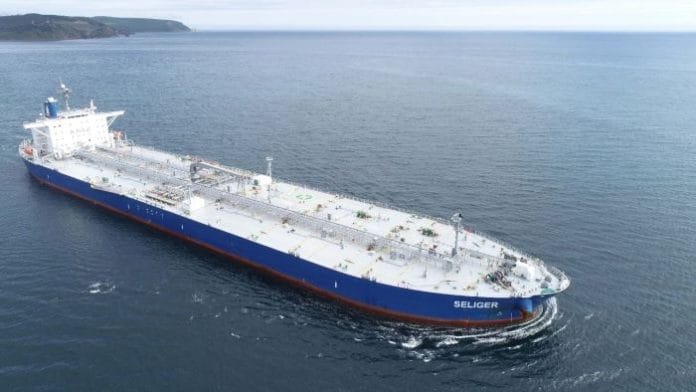OCBC in its February outlook says geopolitical flashpoints in the Middle East remain a source of concern to the energy market. Despite patrols from the US-led Red Sea coalition, Houthi rebel groups in Yemen have continued its attack on merchant ships transiting along the Red Sea routes. To that end, transit calls to Bab el-Mandeb Strait have declined 57.0% YoY in end-Jan 24 (end-Dec 23: -31.3%). Brent oil prices in February (as of 14 Feb 2024) have traded above USD80/bbl as geopolitical headlines, ranging from US troops being harmed to the rejection of a ceasefire proposal, more than offset concerns of weaker global demand.
Gold was also another beneficiary from elevated geopolitical tensions, serving as a risk-off hedge (safe haven proxy) against geopolitical risk. Near-term headwinds from higher treasury yields and a stronger DXY profile may weigh against any building momentum in gold prices.
Prices of industrial metals generally traded lower. Industrial metals such as aluminium, copper, lead, nickel, and zinc traded lower MTD in February (to date as of 14 February). That said, lead and tin prices rose by 0.5% and 4.7% MTD in February (to date as of 14 February) versus -1.6% and -3.1% in January.
Agriculture prices were more mixed. Palm oil, wheat and maize prices declined 10.3% YoY, 25.4% YoY and 34.4% YoY in January versus -13.5%, -24.6% and -31.7% in December, respectively. On the other hand, rice, sugar and robusta coffee prices remained elevated. Specifically, there was an uptick in the average price of sugar which rose 16.5% YoY in January versus 14.6% in December. According to Food and Agriculture Organisation of the United Nations (FAO), the uptick in prices was mainly due to production concerns in major producing countries — Brazil, Thailand, and India.
Oil: Middle East tensions remain a key focus for the energy market as a wider conflict could affect the flow of oil supply from key producers in the region. Admittedly, the price action has been volatile — Brent oil prices traded at a wider range of USD76.6/bbl and 83.6/bbl in the first 10 trading days of February. We maintain our forecast for Brent oil prices to average USD80/bbl in 2024 versus USD82/barrel in 2023.
CPO: Crude palm oil (CPO) prices averaged MYR 3,840/mt YTD as of the 14th of February closing, up from MYR 3,681/mt in 4Q23. The higher prices primarily reflect bullish data coming from Malaysia, as stockpiles shrink to a six-month low, while production dropped to a nine-month low by the end of January 2024. The resilience in CPO prices is likely to remain in the coming weeks as inventory concerns persist, while demand might see some recovery following Lunar New Year celebrations in February and incoming Ramadhan festivities in March-April 2024.
Gold: Gold fell MTD as real yields rose. Stronger-than-expected US data, including CPI, NFP reports and recent statements from Federal Reserve officials have resulted in markets pushing back on expectations for Fed cut.









